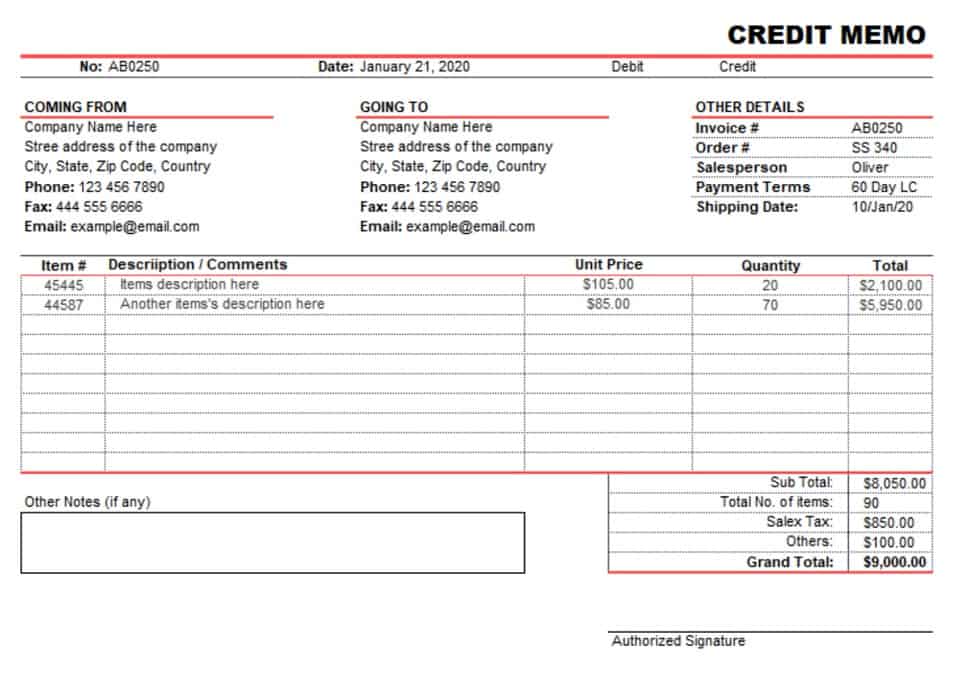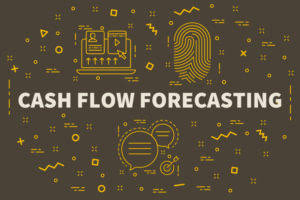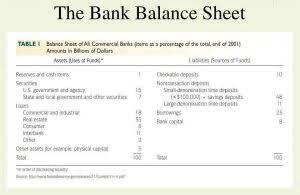
It is a standard business practice to prepare an estimate for the amount likely to go bad. The provision for doubtful debts is a contra asset account related to debtors. Financial leaders depend on Partnership Accounting accurate budgeting, forecasting, and risk management data. If revenue or assets appear higher than they actually are, businesses may make poor financial choices. Companies can analyze real financial trends and make informed business decisions by maintaining contra accounts.
- A journal entry to record depreciation in a company’s general ledger has two parts.
- Subsequent years’ expenses will change based on the changing current book value.
- Industries like manufacturing, mining, and transportation often use this approach to track the value of an asset more accurately.
- This ensures financial statements reflect real values and prevents overstatements that could mislead investors and auditors.
- Analysts look for trends in these accounts to forecast future capital expenditures and to gauge the efficiency of asset use.
- At H&CO, our experienced team of tax professionals understands the complexities of income tax preparation and is dedicated to guiding you through the process.
Units of production method
To put it another way, accumulated depreciation is the total amount of an asset’s cost that has been allocated as depreciation expense since the asset was put into use. Both the International Financial Reporting Standards (IFRS) and Generally Accepted Accounting Principles (GAAP) mandate the disclosure of accumulated depreciation, promoting transparency and consistency. Companies must regularly update depreciation schedules to reflect changes in asset use or economic conditions, keeping the balance sheet accurate. To find Year 2, subtract the total depreciation expense from the purchase price ($50,000 – $8,000) and follow the same formula.
AccountingTools
- A contra asset account is not classified as an asset, since it does not represent long-term value, nor is it classified as a liability, since it does not represent a future obligation.
- Fixed assets like plants & equipment are depreciated every year, and this balance is transferred to the accumulated depreciation account.
- They are used to adjust the value of related asset accounts and reflect transactions that affect a company’s financial statements.
- This reduces audit complications and ensures businesses can justify their financial reports.
- Sales and Sales Returns and AllowancesBusinesses also deal with sales returns and allowances, which are recorded in a contra revenue account.
- On the other hand, depreciation expenses represent the assigned portion of a company’s fixed assets cost for a specific period.
The IRS offers multiple depreciation methods, each suited for different types of company’s assets. Choosing the right method impacts tax savings, financial reporting, and asset management. While managing accumulated depreciation involves challenges, advancements in technology and robust accounting practices can simplify the process. As fixed assets remain integral to business operations, understanding and effectively managing accumulated depreciation is essential is accumulated depreciation a contra asset account for long-term financial stability and success. Accumulated depreciation is the total amount of depreciation expense recorded for a fixed asset over its useful life.
Understanding Accumulated Depreciation
Accumulated depreciation is recorded in a contra account as a credit, reducing the value of fixed assets. Depreciation is an accounting method that allocates the cost of a tangible asset over its useful life. For tax purposes, businesses use depreciation to reduce their taxable income. When a company claims depreciation expenses on its income statement, it lowers the amount of its taxable income, which consequently decreases the amount of taxes it needs to pay. Depreciation is the systematic allocation of the cost of a fixed asset over its usable life. As a fixed asset is used over time, its value decreases, and this decrease in value is reflected in the financial statements using a depreciation method.

Different depreciation methods are used for specific asset types, based on their unique characteristics and usage patterns. By carefully tracking the depreciation expense and accumulated depreciation, a company can ensure the accuracy of its financial statements and have a clear understanding of the assets’ remaining value. This information is essential for investors, creditors, and other stakeholders to gauge the company’s performance and financial health.
- Understanding accumulated depreciation is key to interpreting a company’s financial health.
- For example, if a company purchased a piece of printing equipment for $100,000 and the accumulated depreciation is $35,000, then the net book value of the printing equipment is $65,000.
- These accounts serve as a testament to a company’s investment in its assets and its commitment to maintaining the accuracy of its financial statements.
- The discount on bonds payable is a notable example, reducing the face value of bonds issued below their market value.
- This is particularly relevant for businesses with high return rates, as it provides a clearer picture of operational efficiency and customer satisfaction.
Company

They prevent overstated revenue, inflated assets, and misleading liabilities, ensuring that your financial statements reflect real values. It integrates with leading accounting platforms like QuickBooks, Xero, and NetSuite, automatically syncing transactions and receipts. Reviewing these accounts periodically helps you track financial reductions and make informed decisions. Businesses use different methods based on how quickly an asset loses value and financial goals. Some assets wear out evenly over time, while others lose value faster in their early years.

What is a Contra Expense Account?
Chartered accountant Michael Brown is the founder and CEO of Double Entry Bookkeeping. He has worked as an accountant and consultant for more than 25 years and has built financial models for all types of industries. He has been the CFO or controller of both small and medium sized companies and has run small businesses of his own.

Each method results in a specific depreciation pattern, depending on the asset’s accounting anticipated lifespan and usage. On your balance sheet, accumulated depreciation appears as a contra-asset account. Asset accounts are increased using a debit entry, while contra-asset accounts are increased by posting a credit entry. Accumulated depreciation offsets the asset’s original cost to show its true value.
Depreciation expense account is an expense on the income statement in which its normal balance is on the debit side. On the other hand, the accumulated depreciation is an item on the balance sheet. In other words, the depreciated amount in the formula above is the beginning balance of the accumulated depreciation on the balance sheet of the company. Likewise, the accumulated depreciation in the formula represents the accumulated depreciation at the end of the accounting period which is the cutoff period that the company prepares the financial statements. By the end of the first-year machinery, the balance will be $100,000, and accumulated depreciation will show $20,000.
